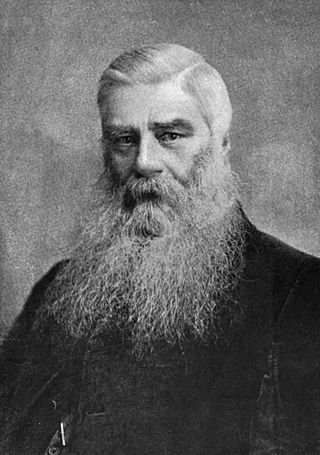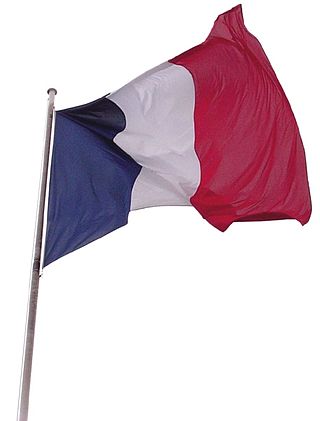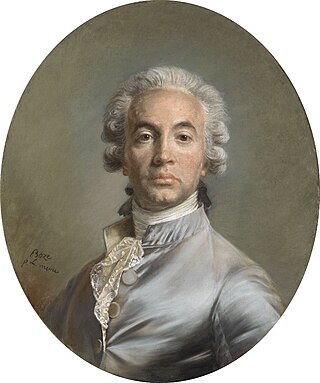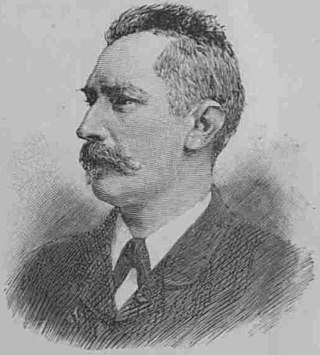Synopsis
Harry Sandwith, a sixteen-year-old English boy, is sent to live in France with the Marquis de St. Caux, a friend of a French nobleman Harry's father once served. The marquis is impressed with the English system of schooling and believes that his two sons, Ernest and Jules, will benefit from the influence and friendship of an independent and manly English boy. Harry, who is an undistinguished, average student at Westminster School, is eager for the opportunity to live in France, which he believes will create greater opportunities for him when he joins the British Army. Harry sets off for Paris in 1790 with the intention of living with the St. Caux family for the next two to three years.
Harry is escorted to the marquis's chateau near Dijon. He meets the marquis and his wife, along with their two sons, Ernest and Jules, and three daughters, Marie, Jeanne, and Virginie. The marquis is impressed by Harry's confidence and self-possession in such an unfamiliar environment, but the rest of the family remains unconvinced and mocks his strange mannerisms and rough appearance. Their attitude changes, however, after Harry succeeds in killing a rabid dog that attacks Jeanne and Virginie. They begin to accept Harry as a member of the family, and Harry and Ernest become close friends, hunting and adventuring together and even managing to kill the Demon Wolf that long terrorised the communities surrounding the chateau.
During the years of Harry's life at the chateau, the French Revolution continues to progress throughout the country. As a member of the French nobility, the marquis and his family are loyal to King Louis XVI and are deeply troubled by the growing violence and unrest in Paris and the countryside. After the royal family unsuccessfully attempts to flee Paris, the marquis decides to move the St. Caux family to Paris to support the king and to avoid the growing unrest of the peasants living in the countryside.
The situation in Paris continues to deteriorate and soon an arrest order is made for all the members of noble families. The marquis and marquise submit to the arrest but tell their children to escape, sending Ernest and Jules out of Paris to make for England and hiding the girls with the marquise's former nurse, Louise Moulin. Harry is free to return to England, but chooses to stay in Paris to look after the girls and help them flee to England should the need arise.
Harry attempts to find a way to free the marquis and marquise, but he is too late. On the day of the September massacres the prisoners throughout Paris are brought out for mock trials and systematically executed, including the Marquis and Marquise de St. Caux. Victor de Gisons, Marie's fiancé who stayed in Paris to watch out for her, sees his father brought out for trial and flies into a rage. Harry succeeds in knocking him out and carrying him away, aided by a sympathetic Parisian who brings Victor back to his home.
Leaving a grief-stricken and insensate Victor with his rescuers, Jacques and Elise Medart. Harry informs the girls of their parents' deaths. He soon discovers that Ernest and Jules were both killed on their way to England, but decides to tell the girls only when, or if, they reach England safely. Soon after, Marie is caught in the marketplace by Lebat, the son of the mayor of Dijon, who arrests her as a noble’s daughter in hiding.
Harry despairs of finding a way to rescue Marie. He manages to get a letter to her, but thinks it unlikely that he will be able to free her from the prison. She writes back and tells him that Lebat has offered to free her on the condition that she marries him, which she refuses.
One evening, Harry rescues a man being beaten in the street. The man turns out to be Maximilien de Robespierre, a radical leader of the Revolution, who vows to repay Harry's brave service. Seeing this as an opportunity to use Robespierre to free Marie, Harry agrees to be his secretary. After several months he discovers that Marie is soon to be tried and executed, and that Louise and the girls are under suspicion. He asks Robespierre to free Marie as repayment of his debt, but Robespierre refuses. Soon after, Lebat asks Robespierre to free Marie, as she has agreed to marry him and he knows that she is a friend of the Revolution. Robespierre consents, and that night Harry seizes the opportunity to kill Lebat and rescue Marie with the letter of release from Robespierre.
Harry travels to Nantes with Louise and the girls while Marie stays in Paris with Victor, who is slowly recovering. Upon their arrival in Nantes, Harry struggles to find a ship that will carry them to England. Louise, weakened by the long and trying journey, soon falls ill and dies. Jeanne finds passage to England with a fisherman named Adolphe, the husband of Martha Pichon, a woman whose child Jeanne helped nurse back to health. Before they can make the arrangements, however, Jeanne and Virginie are arrested. Harry narrowly rescues them from being drowned in the river with the other prisoners, and they find a trustworthy captain to take them to England.
They arrive safely in England and Harry is reunited with his family, who thought him long dead in the violence of the Revolution. Several years later, Harry marries Jeanne after he passes his medical exams and joins his father's practice. Virginie marries one of Harry's brothers, Tom, and the girls and their husbands later travel back to France for a short time to stay with Marie and Victor, who, after fighting in the French Army under Napoleon, purchases the chateau that once belonged to the Marquis de St. Caux.

















